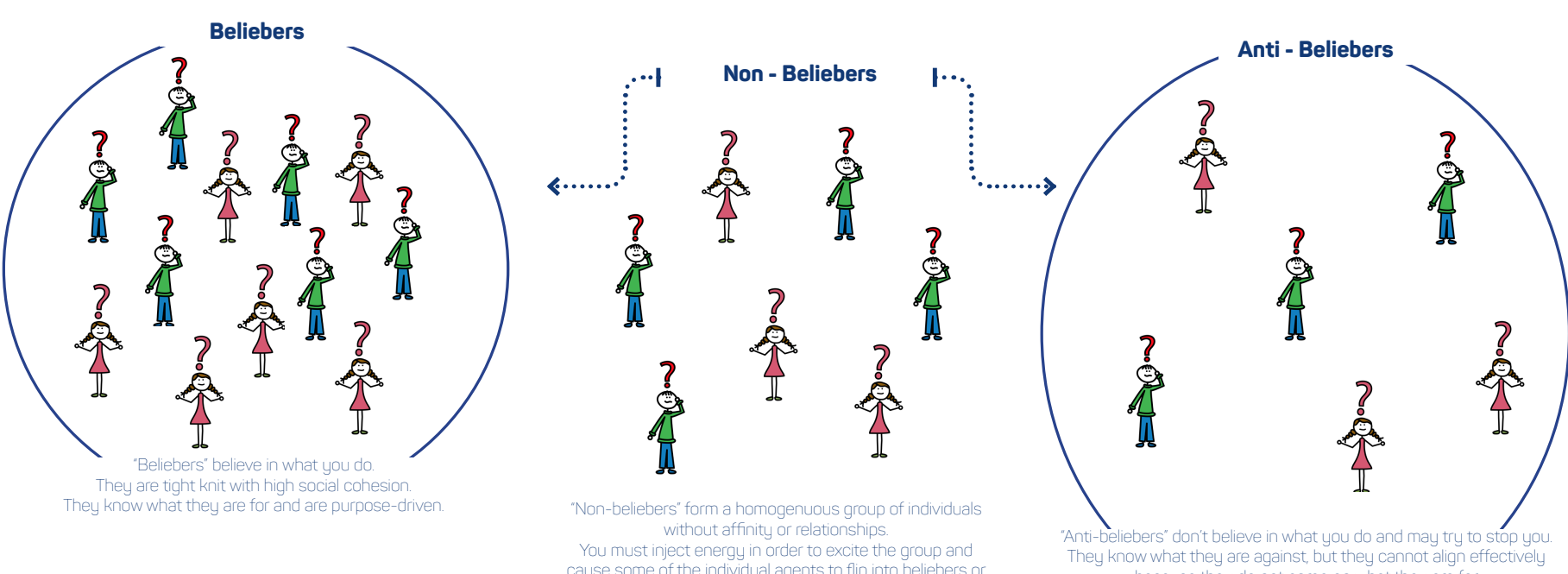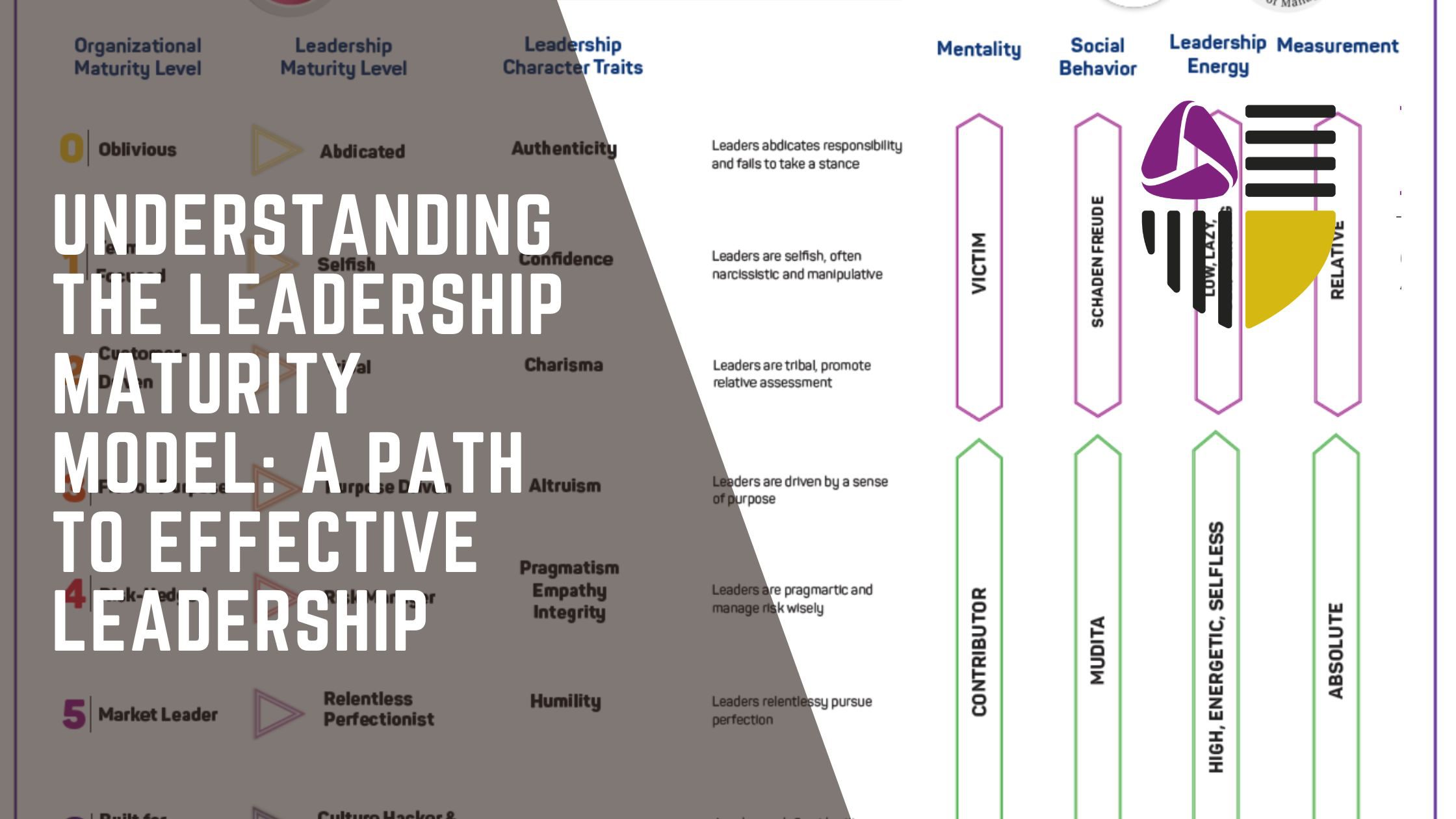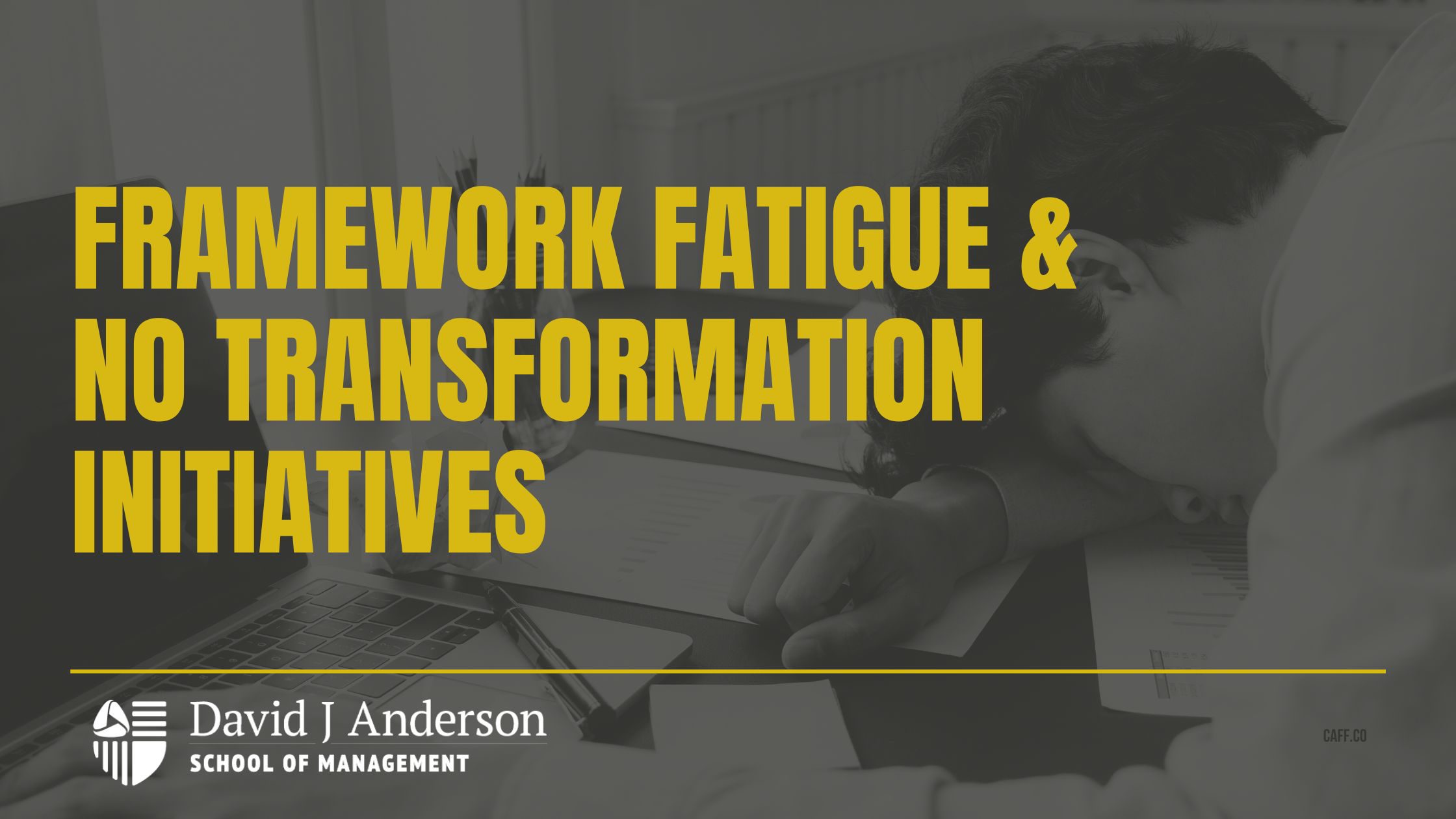That’s Not a Typo- The KMM Social Entropy Poster
A Lesson on Sociology Based on Justin Bieber
Recently, we added a new Kanban Maturity Model poster, the Social Entropy poster. Social entropy is one of the many outlined concepts in the Leadership Maturity Model by David Anderson. It refers to group cohesiveness. A large affinity group with a shared identity and purpose, acting with congruence and moving with alignment is low entropy. A group of individuals with no affinity to each other acting on their own without congruence or alignment is high entropy.
In the poster, some might notice what appears to be a typo. The poster contains the word “Beliebers”. Some might assume was supposed to be an attempt at the word “believers”. However, it is not a typo! We want to teach you social entropy in a way you won’t forget, using a young fellow named Justin Bieber.
What can Justin Bieber teach us about social entropy?
We begin our example with a maximum entropy situation, a room full of strangers with no social fabric or connection between them. They are homogenous human beings. If it were a society, they would be communists. If we want to reduce the entropy in this situation we have to inject some energy. To do that with this example, we are going to use Justin Bieber.
Justin Bieber is a well-known pop star. When our example group listens to his music, it energized some of the individuals. They love everything about him, from his looks to his tunes, and they become fans. These people get excited. They begin to notice other people who are also excited about his music and get together to form an affinity group that eventually becomes a Justin Bieber fan club, the “Beliebers”.
Meanwhile, other individuals are not excited by the arrival of Justin Bieber. They remain largely unaffected. For our example, these people are the “Non-Beliebers”. In summary, the arrival of Justin Bieber to the homogenous group of individuals causes them to cluster into “Beliebers” and a non-affiliated group, not clustered in any way, the “non-Beliebers”.
The “Anti-Beliebers”
At the time when David Anderson and Alexei Zheglov were writing the book Fit for Purpose, Justin Bieber was busy touring and playing concerts around the world. One particular concert caught their attention. Justin played in India; however, his concert was unfit for purpose. This upset the audience, who paid good money to be there. This inspired one of the anecdotes for the Fit for Purpose book.
When they were working on the book, Anderson and Zheglov sent out the draft chapter to reviewers The reviewers had their own reactions to Justin Bieber having feedback that included comments such as “Why are you writing about this guy? We hate him. Don’t waste time writing about him.”
In our example, we now discovered that there is a group of Justin Bieber “haters”. We can refer to them as the “anti-Beliebers”. We now identified three categories of people:
- The “Beliebers”- people inspired and energized who formed an affinity group
- “Non-Beliebers”- those the energy of Justin Bieber didn’t move
- The haters, the “Anti-Beliebers” – those who are disgusted by him
Beliebers and Sociology
This example with Justin Bieber and how people react to him is all we need to understand about sociology. Leadership creates followers. It leaves behind others who are unmoved, and it creates an anti-movement of people who are against whatever the leader is promoting. They are against whatever the newly introduced energy is. The “anti-Beliebers” tend to be loosely affiliated. The social cohesion and gravity of the movement are lower. The “Beliebers” end to have a strong gravity. They are tight-knit because they know what they stand for. Knowing what you are against but not what you are for always leads to weaker cohesion and a weaker position.
Whenever we inject leadership energy into a situation, what we want to achieve is to flip the “non-Beliebers” to “Beliebers” to make that positive group bigger. At the same time, we want to flip “anti-Beliebers” to “non-Beliebers”, or those unaffected by the energy, to shrink the anti-group. Remember that in our example, this was a homogenous society. If you want to add a third dimension to this, imagine if these people had rank. You want to make sure a senior executive is not an “anti-Belieber”, or they will do everything they can to stop the change from happening.
Learn More
Explore more about social entropy and use this example as a reminder by downloading the Social Entropy poster. Learn more about leadership maturity with David Anderson in our Kanban Leadership Professional courses.





